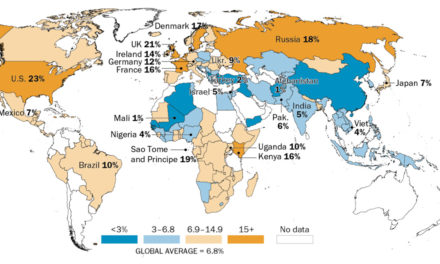A new study published Monday found that adolescents who have strong parental support and those with set goals for the future are less likely to use e-cigarettes and other tobacco products.
The study, conducted by the University of Pittsburgh School of Medicine and UPMC Children’s Hospital of Pittsburgh, found that youth e-cigarette usage is at unprecedented levels. According to lead author Nicholas Szoko, M.D., 27% of the 2,487 high school youth surveyed said that they had vaped within the last month.
Researchers analyzed four “protective factors” to determine whether or not they were positively correlated with e-cigarette usage. These factors were specifically chosen because they are all associated with lower instances of smoking or use of other tobacco products. The four factors were:
- Future orientation: A person’s beliefs, hopes and goals related to the future.
- Parental monitoring: Parent-child interactions and communication.
- Social support: The ability to rely on friends and peers.
- School connectedness: A sense of belonging and inclusion at school.
While the researchers found no link between social support or school connectedness with the use of e-cigarettes, they did discover that both a positive future orientation and high levels of parental monitoring correlated with a “10% to 25% lower prevalence of recently or ever vaping, comparing to peers with lower scores on those protective factors.”
Researchers explain that people should not be surprised that there isn’t a correlation between two of the factors and e-cigarettes.
“E-cigarettes are positioned and marketed differently than tobacco cigarettes,” Szoko said. “They’ve been popularized as tools for smoking cessation, and previous research has found the various flavors and trendy ads for vaping are attractive to youth.
“We also know that vaping primes adolescents to transition to smoking cigarettes and other substance use. So, it stands to reason that we may need different approaches to keep kids from vaping than we use to stop them from smoking.”
As Szoko says, e-cigarettes and vaping are often given a positive view in social media. For instance, a media release from the University of Queensland in Australia analyzed the popular short-form video-sharing app TikTok, and it found that 63% of its videos with e-cigarettes portrayed them positively and were viewed over 1.1 billion times. TikTok currently does not have any age restrictions regarding vaping-related content, though users must be 13 and up to use the platform.
Though many consider e-cigarettes to be the healthy alternative to smoking, that’s not the case. This comparison is, unfortunately, more akin to calling a meatball sub at Subway the healthy alternative to a cheeseburger. Studies have found that e-cigarettes and vaping can trigger chronic inflammation in the gut and the lungs, increase odds of asthma and asthma attacks, make a person significantly more likely to have a heart attack, coronary artery disease and depression, and can permanently impair brain activity, including concentration and memory. If that wasn’t enough, another study found that many of the flavors are toxic to white blood cells and can damage the heart.
Photo from Shutterstock.






